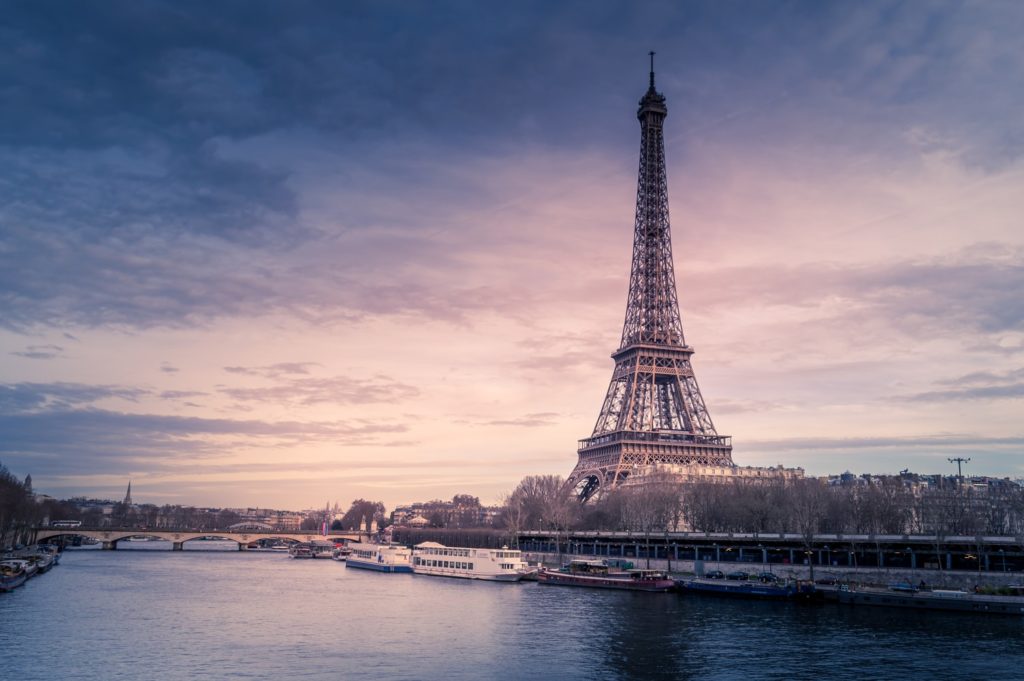
Paris is a city very eagerly visited by tourists. It surprises with the number of monuments and rich architecture from different historical periods. Hundreds of delicious restaurants and cafes await those eager for culinary conquests, while for art lovers the city offers hundreds of museums and galleries. What else is Paris known for? Read the curiosities and find out.
- The Eiffel Tower was supposed to be just a temporary installation to be demolished after 20 years. It was built for the World Fair in 1889.
- There are 20 neighborhoods in Paris arranged in a spiral extending from the city center.
- Originally, Paris was called Lutetia and it was a Roman settlement.
- There are over 450 gardens and parks in Paris.
- The Louvre is the most visited museum in the world. Almost 10 million visitors come to it every year.
- The oldest bridge in Paris is … the New Bridge. The cornerstone for its construction was laid in 1578 by the king of France, Henry III, the construction was completed between 1604 and 1607,
- There are 1,803 monuments and 173 museums in the city.
- There are sculptures symbolizing the largest cities in France in the square of concord. They are: Lille, Strasbourg, Marseille, Nantes, Lyon, Brest, Bordeaux, and Rouen.
- Tour First is the tallest skyscraper in France. It is situated in the La Défense district and measures 231 meters.
- There are 5 statues of freedom in Paris. There are 10 of them across France.
- The longest street in the city is rue Vaugirard. It is in the 15th district and measures 4.36 km.
- The longest street in Paris is Rue de Vaugirard in the 15th arrondissement. The street is 4300 meters long.
- The shortest street in Paris is 6 meters. It is in the 2nd district and is called rue des Degrés.

- The oldest cafe was founded in 1686. The cafe Le Procope is in the 6th arrondissement of Paris.
- 470,000 trees grow in Paris.
- Parisians love dogs. It is estimated that the number of dogs in the city exceeds the number of children. According to some opinions, the number of dogs in the French capital exceeds half a million. They even have special vacuum cleaners that clean dogs.
- The first public screening of films was held in December 1895 by French brothers Auguste and Louis Lumière. Using the invention, the “cinematograph” showed 10 films of 50 seconds each.
- All trees in Paris are marked and measured. There are 470,000 of them all over the city.
- If you were to spend each day of your life in Paris visiting another open terrace (bar, cafe, or restaurant) it would take 30 years to see them all.
- The city has 450 parks and gardens spread over more than 1,200 acres.
- The main bell of the Cathedral of Notre Dame is named Emmanuel and weighs over 13 tons.
- There are 6,100 ruins in Paris
- Do not shoot the fireworks from the Eiffel Tower at night. The French constitution prohibits this.
- If you ask a question in English, do not be surprised to hear an answer in French. Parisians like their language very much and do not like to speak English, especially with tourists.
- Paris has not always been called “Paris” and the Eiffel Tower was not meant to be a permanent fixture.
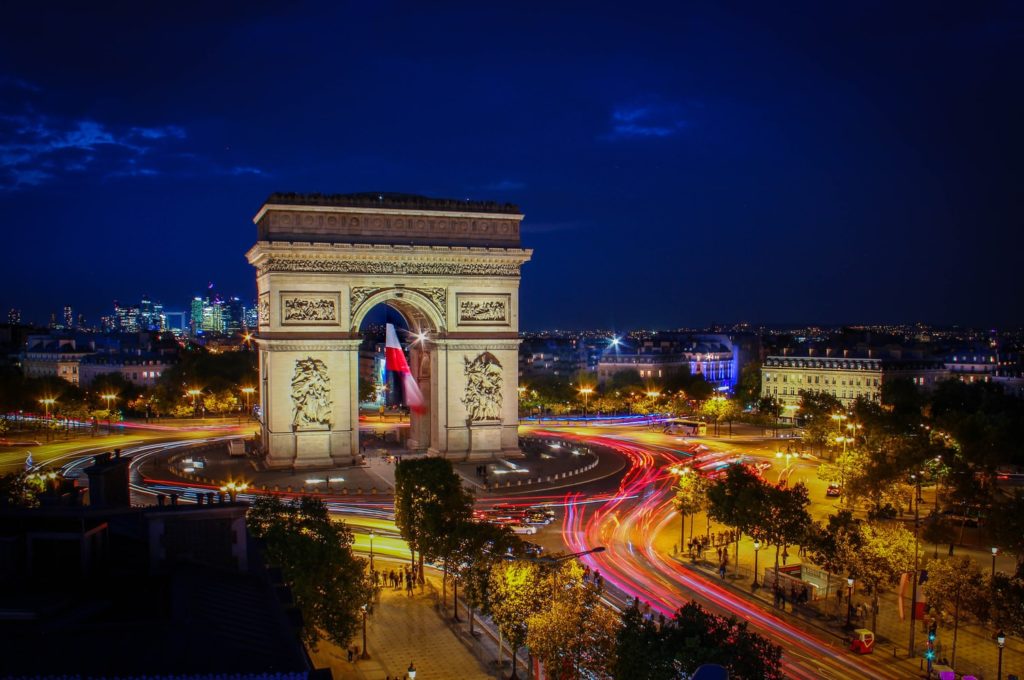
- The Eiffel Tower was supposed to be a temporary installation, intended for 20 years after it was built for the World Fair in 1889.
- During the hot season in Paris, the fountain in front of the Eifel tower is the most popular refuge.
- At any local restaurant you can ask for a glass of water for free.
- In total, there are 1,803 monuments and 173 museums in Paris.
- An apartment in Paris had been empty and locked for 70 years, but the rent was paid monthly. When the landlord died, a Boldini painting worth more than $ 2 million was found in it.
- Every year, for a period of 4 weeks (from July to August), several kilometers of the Sienna banks are covered with sand. The space turns into a mighty beach with palm trees, sun loungers and tropical bars.
- If you want to travel from the North to the South, it will take you around 2 hours and 15 minutes.
- Annually, over 25 million tourists visit Paris.
- Paris was originally a Roman city called “Lutetia”. It was founded in the 3rd century BC.
- There are over 400 screens in Paris, over a hundred of which are served by the French government’s Art et Essai art program.
- Paris is slowly turning into a city of bicycles, which is also good for the local ecology. Currently, there are over 500 km of bicycle paths in the city.
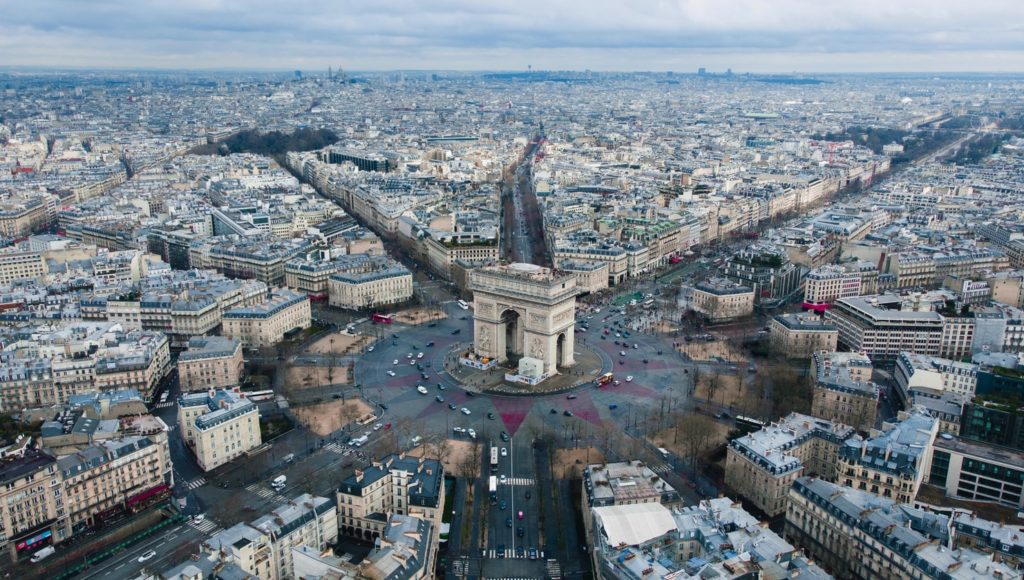
- In total, there are 38 cities around the world named Paris: from the United States to Sweden and even Panama.
- Shooting movies in Paris is free, except for scenes shot in the garden, museum, or pool. In this case, the film crew must pay a fee to the city.
- There are several dozen pianos at the railway stations in Paris. Initiated by SNCF, the project “Play me I’m yours” is active in many cities around the world.
- There is an official Paris baguette law which mentions the exact size and texture of the dough.
- If you like baguette then you are in the right city as there are 1784 bakeries in Paris.
- There are 6,100 streets in Paris.
- Over the past few years, the Paris government has actively worked to improve the environment. The government passed a law according to which cars with odd numbers can only drive around the city on odd days, and cars with even numbers can only drive on even days.
- Passengers on the Paris Metro should open and close the doors of the Metro themselves.
- In 2014, Paris was rated as the most attractive tourist city in the world, leaving London and New York behind. In 2015 and 2016, it was in 3rd place after Bangkok and London.
- Cathedral of Notre Dame combines both Gothic and Roman styles.
- The 35th French Army was the first to use camouflage. The army began using camouflage in 1915 during World War I.
- Pont Neuf is the oldest bridge in Paris. It was built in 1604.
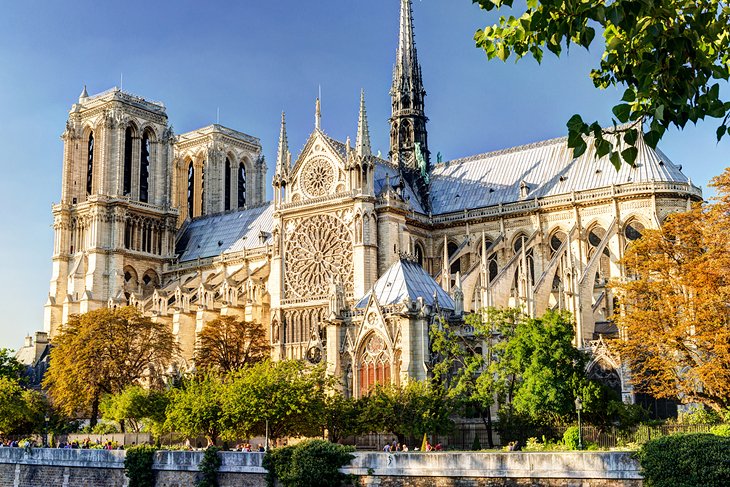
- There are catacombs beneath the city where thousands of human remains are buried. The current catacombs were once mines from which calcium was extracted to build the city of Paris, and mining was started by the Romans. Their existence was forgotten for many years until one of the streets collapsed. Then it was decided that it could be used, and the body deposited there.
- Every city in France has a street named Victor Hugo.
- Every year, a competition for the best baker in Paris is organized. The winner gets the option to bake for the president himself.
- An average of 10 film or commercial shots are taken on the streets of Paris every day.
- Thomas Jefferson once said, “Walking in Paris will provide lessons in history, beauty and life.”
- On the Eiffel Tower there are 72 engraved names of engineers, mathematicians, scientists on the Eiffel Tower who participated in the creation of the tower.
- The Pantheon, or “temple of the republic,” as it is sometimes called, was originally a church called Église Sainte-Geneviève, built in 1791.
- Many people tried to jump from the Eiffel Tower, and amazingly all of them survived.
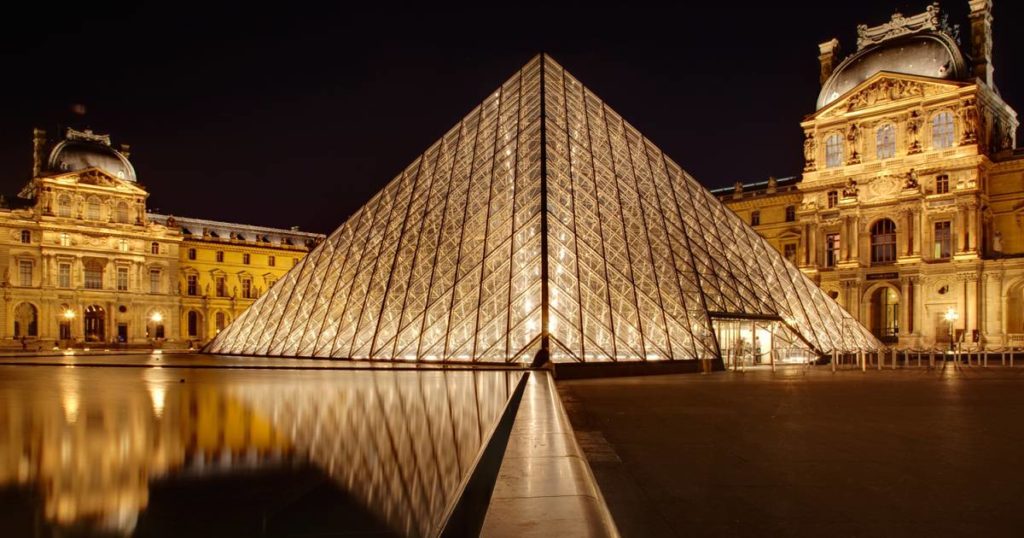
- The most popular attraction in Paris is not the Louvre (around 10 million visitors) or the Eiffel Tower (around 5.5 million visitors). It is Disneyland, which is visited by nearly 13 million tourists every year.
- The Parisians are the most complainants. And they have their own iron logic: if you complain – you understand the problem, and if you understand it – you are very smart.
- There are at least three replicas of the Statue of Liberty in Paris.The most famous of them are on an island in the middle of the Seine and are looking at their sister statue in New York.
- The first traces of settlement in Paris come from the times of ancient Gaul, they were located on the island of Île de la Cité on the Seine. The first name of Paris was Lutetia. The dynamic development of the city took place after the conquest of Gaul by Rome in 52 BC.
- The 481.4 miles (774.8-kilometer) long Seine River runs through Paris and stretches all the way to the Langres Upland. For years, the river has been considered biologically dead since the 1960s. One of the dirtiest rivers, the Seine is subject to a strict bathing ban in the Paris area, which was introduced in 1923. When rains hit Paris, it happens that the wastewater from the inefficient sewage system of the French capital flows directly into the river. Water quality has improved for some time, but it will be a long time before the water is of high quality.
- The Notre-Dame Cathedral in Paris has been and still is one of the most famous churches in the world for centuries. The priceless Gothic monument was damaged enormously during a fire that started from the roof of the building. As a result of the fire that broke out in Paris on April 15, 2019, the roof, spire, and vaults of the cathedral were destroyed. Fortunately, the famous stained-glass window survived.
- Paris is often called the City of Lights and, contrary, it is not about lighting Paris or the contemporary illumination of Parisian monuments. In this case, the “lights” are the enlightened minds who inhabited Paris – artists, scholars, writers.
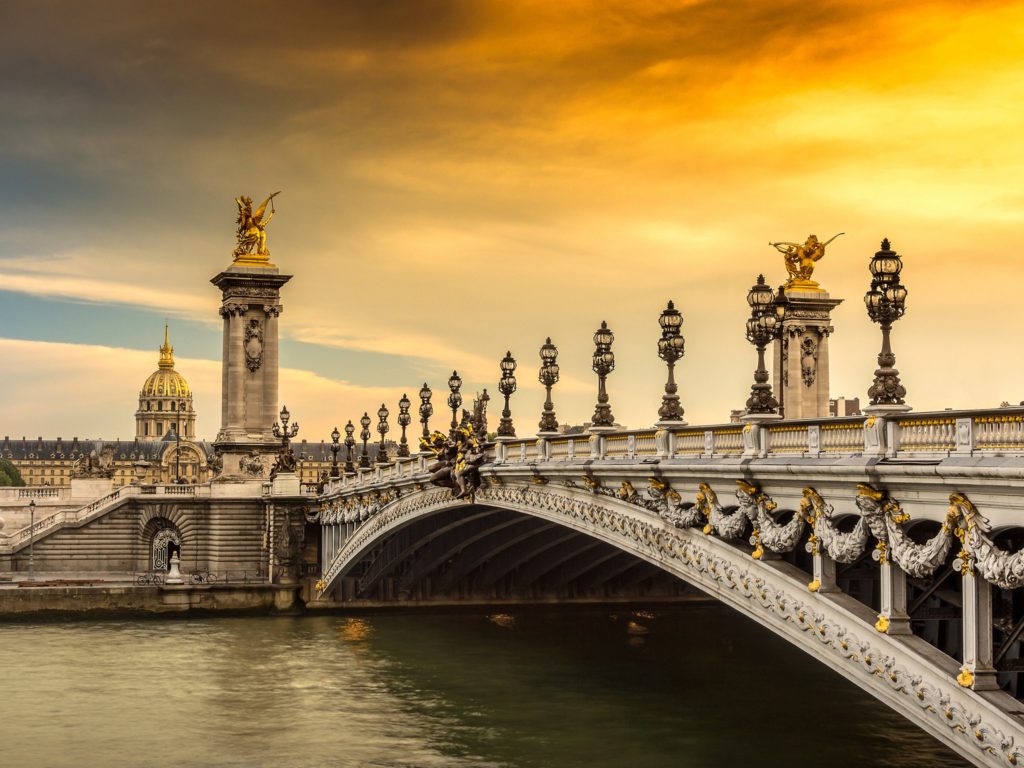
- Freedom Radiant World, a monument better known under the colloquial name of the Statue of Liberty, standing in New York was made in the years 1884-86 under the direction of Frédéric Auguste Bartholdi, Gustave Eiffel and Richard Morris Hunt as a gift from the French people to the American people. Not everyone knows that a copy of the New York statue is also in Paris. The Statue of Liberty in Paris by Gustave Eiffel is 11 meters high. The monument stands on the Swan Island on the Seine. The statue in Paris is four times smaller than that in New York.
- The famous Louvre museum was founded in 1793 in the former royal palace. The museum’s collection includes nearly 500,000 works of art, including the famous painting by Lisa by Leonardo da Vinci. The Louvre is one of the largest museums in the world and the most visited museum in the world.
- The largest and most famous cemetery in Paris is the Pere-Lachaise cemetery, opened in 1804. On 44 hectares, there are graves of such celebrities as Jim Morrison, Edith Piaf, and Oscar Wilde. There are also 60 graves of famous Polish people in the cemetery, including the grave of Fryderyk Chopin (most famous Polish composer).
- King Louis XVI and Queen Marie Antoinette were executed by guillotine in 1793 on Place de la Concorde. In 1831 an Egyptian obelisk from a temple in Luxor was erected on the square.
- The oldest residential building in Paris is the house at 51 rue de Montmorency in the 3rd arrondissement. Nicolas Flamel’s tenement house was built in 1407.
- The construction of the oldest bridge over the Seine in Paris started in 1578. The oldest bridge in Paris, 278 meters long, is called Pont Neuf, that is … the New Bridge.
- The Paris Metro was opened in 1900. Currently, the line of the Paris metro includes 218.2 km of tracks and 302 stations. Not all Paris metro stations remain in use. Many stations have closed. Most of them at the outbreak of World War II in 1939. For economic and logistical reasons, many stations are closed and are used, for example, as sidings for metro depots.
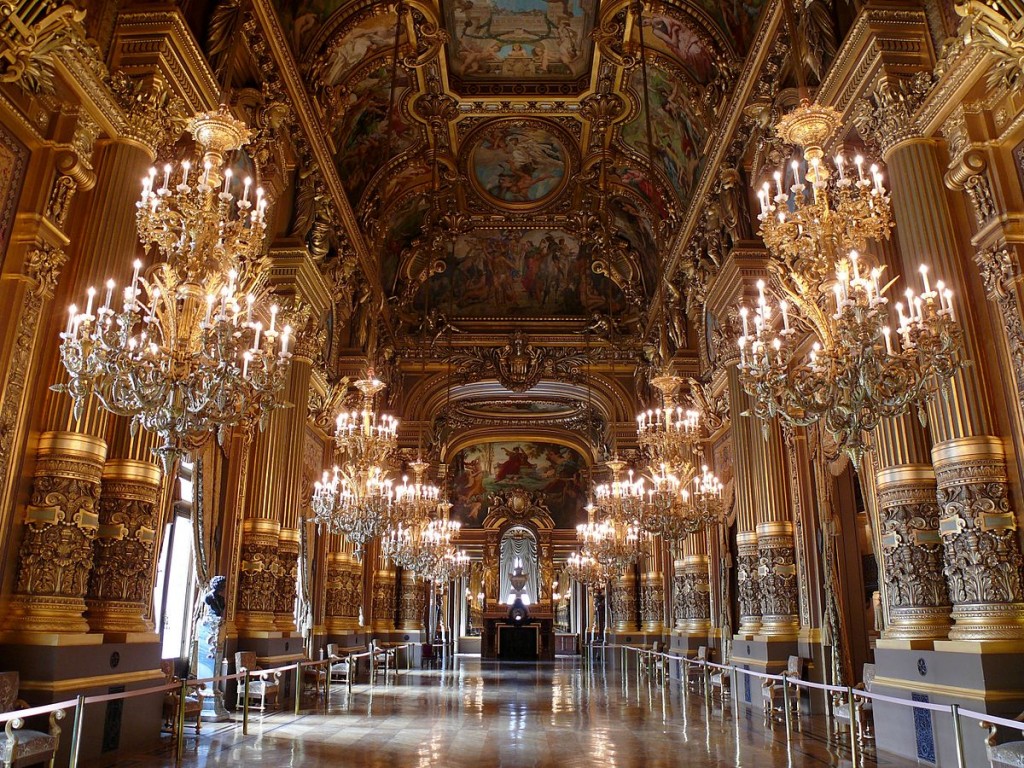
- Two metro stations in Paris were completed and never opened to passengers – Porte Molitor and Haxo. There are no unauthorized entrances to the stations, and they can only be seen on special occasions when metro managers allow sightseeing.
- The Pont des Arts footbridge is also one of the famous bridges in Paris. For years, the footbridge was attacked by couples in love, locking padlocks to the bridge railings. Due to the threat to the structure in 2015 enough was said. The railings and 45 tons (!!!) of padlocks hanging on them were dismantled and replaced with panels on which padlocks can no longer be hung.
- It is worth knowing that apart from the dishes that are worth trying, other famous delicacies were also born here in France. The Bloody Mery drink comes from Paris. A drink consisting mainly of vodka and tomato juice was to be invented by a Frenchman, Fernand Petiot, working in the famous Harry’s New York Bar at 5 Rue Daunou



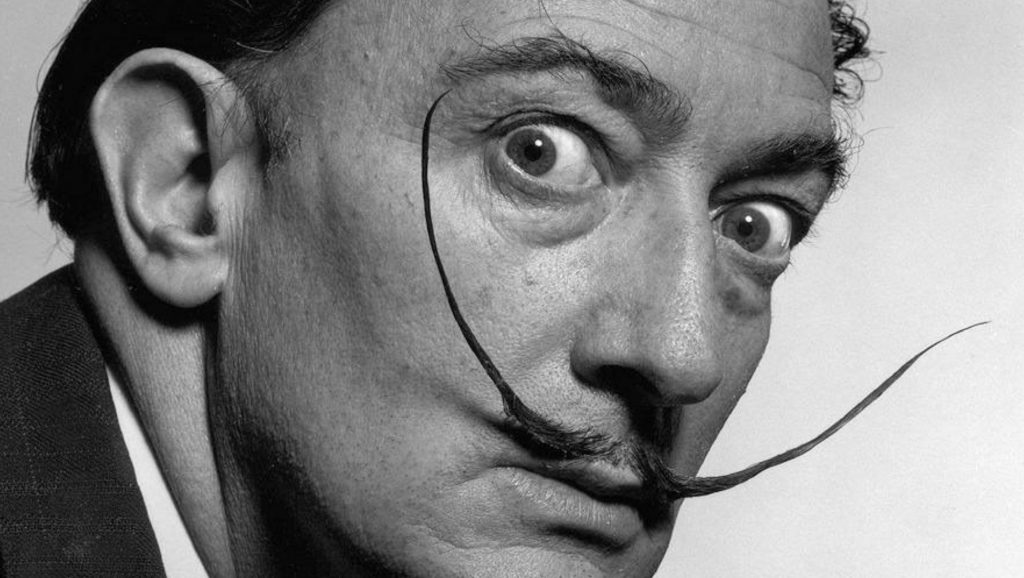

I have been checking out some of your posts and its pretty good stuff. I will definitely bookmark your website.
thank you . I appreciate that.